modern Sakhalin husky pics
Everybody I know think that Sakhalin husky dogs are extinct but think again!
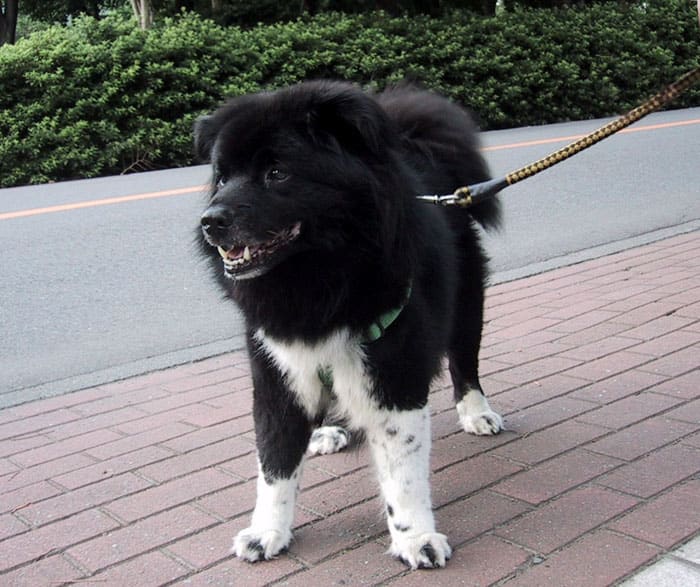 tabby fur
tabby fur
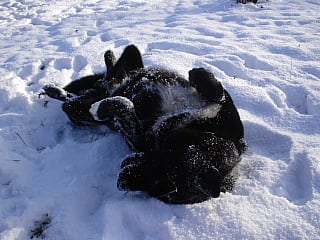 short haired male kuma
short haired male kuma
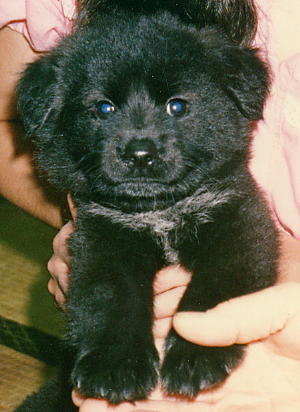 a male pup with the same markings as taro from the expedition, named kuma
a male pup with the same markings as taro from the expedition, named kuma
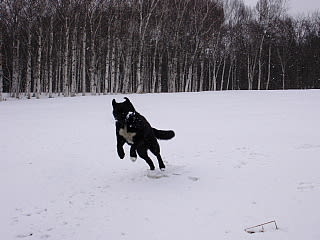
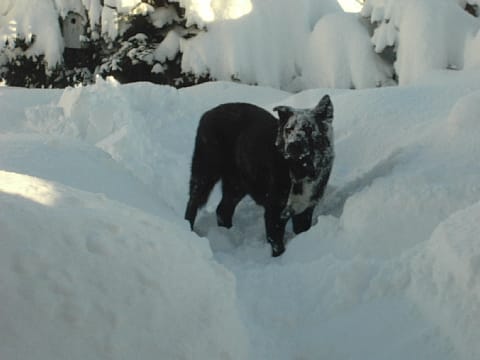
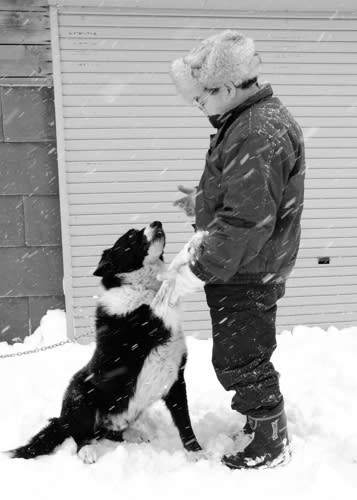 Irish marked male
Irish marked male
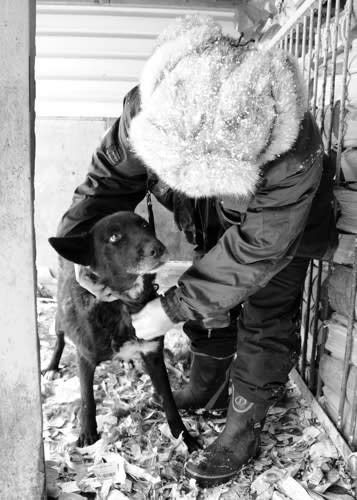 hana short haired female
hana short haired female
 karaha 90 pound male
karaha 90 pound male

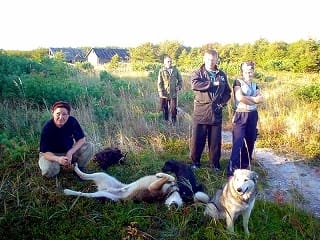 modern day gray Sakhalin dogs with black dogs
modern day gray Sakhalin dogs with black dogs
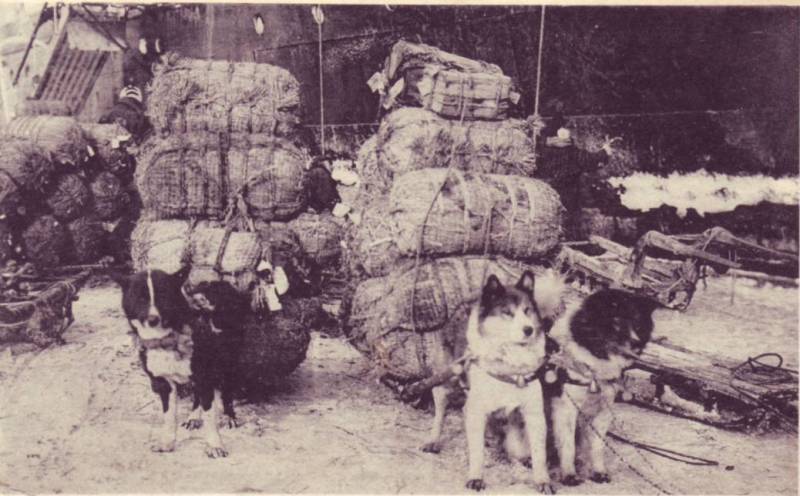 tabby, black gray.
tabby, black gray.
 tabby fur
tabby fur  short haired male kuma
short haired male kuma  a male pup with the same markings as taro from the expedition, named kuma
a male pup with the same markings as taro from the expedition, named kuma 

 Irish marked male
Irish marked male hana short haired female
hana short haired female modern day gray Sakhalin dogs with black dogs
modern day gray Sakhalin dogs with black dogs tabby, black gray.
tabby, black gray.

Comments
Anyone can google images, and anyone can make a web page claiming whatever they want about their dog, so you have to really be thorough and research- go get us some solid, meaty current info about the puppy and these dogs!
http://blog.goo.ne.jp/upplain/e/3e098fa1dd13926967d43be4ce61c137
I found the puppy picture on another:
http://kumalove.seesaa.net/article/24560550.html
I think some of the other pictures came from this blog.
I searched "Karafuto Ken" in the search bar. Here are all those posts.
ETA: If that last link doesn't work, you can try this:
http://blog.goo.ne.jp/n4550
and on the top bar, put "樺太犬" in the search field and select the last option on the drop down next to the search bar so you search only what's on the blog.
I find this last blog the most interesting - but I can't really read enough of it to understand it well.
I have seen references to Sakhalin dogs from googling for them in Russian, and the man you mention is (according to Russian wikipedia, so perhaps not the most reliable source in the world but...) Sergey Lyubykh in the village of Nekrasovka (on northern Sakhalin). It's implied that he's the only known breeder as of 2011. Again, this is just wiki'd info, so I'd have to do better research to know for sure.
Googling for them in Russian is interesting anyway, because there are several variants of the breed name (sakhalinskaya laika, sakhalinskiy khaski, etc.)
The dogs in the pictures may very well be Sakhalin dogs, but they could be something else as well. An unsourced picture doesn't offer all that much information on its own.
The sentence you opened with says that these dogs are not extinct- COOL! now tell me why not. What convinced you? I want to be convinced, too, because that would be really neat! Whats being done to preserve them? What have you found out? Surely you don't just believe anyone who posts a photo that you find of a dog on the internet and calls it a rare breed is right? A photo I took of my own dog, Reilly, was swiped and posted on a Russian website about hunting dog breeds of the world: and captioned as an illustration of a Treeing Tennessee Brindle- which she is not. She is a mutt, born under a porch to a stray mother in Virginia over ten years ago. She is lovable, wonderful and a good hunter- but she is NOT a TTB or a Plott Hound or any rare breed. That's pretty crazy, but that's the internet. Im sorry to think some kid somewhere could be writing a report on Treeing Tennessee Brindles and just taking that website's word for it.
People come on this forum all the time and show a picture of a dog they adopted at the shelter or found wandering around and claim it's a rare breed, with no actual evidence whatsoever, other than "kinda looks like" and "I want to believe"- this is not new, and its not interesting.
If YOU believe these dogs are S-Huskies, teach us why. Obviously you really like them and are researching them- so write more- who is sergey? how did he get the dogs? what is he doing to preserve them? Does he have a breeding kennel? Is there a group dedicated to protecting the breed? Is anyone else cooperating with Sergey? or is he just some guy making a claim? Are you writing to him about getting a puppy someday? etc...ANY of that is what's good to post here (your own words, supported with links and/or short quotes. not lots of cut-paste), and people will discuss. Im not giving you a hard time for the hell of it or because I have nothing else to do, I'm trying to help you out here so you can be involved in really good discussions, and because I appreciate this forum... this is a good forum, and a well-loved forum because people try hard to post well and discuss thoughtfully.
The internet is a great tool for research. Information that would not have been available to everyone overseas is now much more accessible, however I see a lot of this half assed posting random pictures that come up in a search as 'fact'. It's a shame because once it's out there, it will continue to come up in searches as 'fact'.
Though I will admit to actively looking for his/her posts just because it was... like watching a metaphorical trainwreck...
The Sakhalin Husky seems to be extinct, but you must remember this in context.
In the Far East of what is now Russia there were various indigenous people, the Yakuts, Evenks, Negidals, Ulchs, Nanai, Oroch, Udege, and Nivkhs. The majority of these people were hunters, fishermen, and reindeer herders. They all used dogs. Some were for hunting, some were for herding, and some were for hauling. Haulers were split into types, big strong slow for pulling heavy piles of supplies, nets, and helping to pull seals and walrus from the edge of the ice to the village, plus more generic type for long distance transport. Even within one people, there was differentiation between type from village to village. (Note, this same situation existed in Alaska and Northern Canada with a different set of indigenous peoples) Free breeding was allowed. Generally if you wanted a herder you looked to pups from a herder mother, but who knows what kind the father was, so you picked the best for your task, and it wasn't unusual for the rest to end up in sled pulling rolls. Also note that not all peoples nor all villages used all rolls. One of the largest groups, the Yakut, didn't use any herder breeds until in the 1950s the Soviet Union forced herding dogs on them.
Remember, breed is an artificial construct. You could say that there was 1 breed of dog, or you could possibly split it into 3-4 breeds by roll, or you could have 50 different breeds by recognizing the small differences from village to village, or 150-200 breeds by recognizing the different rolls within the villages.
The general trend was to lump these dogs all together. I think a few of the more clear barker-hunter lines were subsumed into the East Siberia Laika lines, some of the more clear herding lines may have ended up being mixed with the Nenet Herding Laika.
The vast majority of the sled dogs were covered under the 'breed' Yakutian Laiki. Subtypes of this breed were either founders or cousins to the dogs that eventually were recognized in the west as the Siberian Husky and the Samoyed.
The vast majority of the Yakutain Laiki are black and white animals. In some areas they are mostly black with some white, in others mostly white with some black.
The Soviet Union relocated many people of Russian ethnicity to these far-flung areas and the traditional way of life was disrupted for many of the locals. Many sub-types disappeared as villages stopped using them as lifestyle changed, or dogs from separate villages were bred together.
The Sakhalin Island is an Island north of Japan Proper that has been claimed by both Japan and Russia. The people living on the island originally were ethnically Oroch, and Nivkhs (the indigenous people of what became the Far East Russia) plus the Ainu, the indigenous people of Japan as well as living in a few spots in what became the Far East Russia) As you may or may not know, the Ainu were very sparsely populated in most areas, but had significant numbers on Hokkaido Island, and these people are the source of the Hokkaido dog.
The Sakhalin Husky was the name given to the sled dogs found on Sakhalin Island. Off the island, the Ainu didn't have a tradition of dog sledding, so sledding found on Sakhalin Island was due to the influence of the Nivkhs and Oroch. The dogs were Yakutian Laika type, possibly crossed with the Ainu village and hunting dogs.
Eventually the island was depopulated. The Sakhalin Husky went 'extinct' in that dogs clearly of this lineage are no longer present, but it is likely that the Sakhalin Huskies in the hands of the Nivkhs and Oroch who sometimes move form the island to the mainland and back simply mixed their dogs with the larger Yakutian Laika population...which remember is either the parent-breed of the Sakhalin Husky, or that the Sakhalin Husky is a sub-type of that breed.
The dogs in the pictures above are Yakutian Laika. It is possible (but not likely) that some of those dogs may trace bloodlines to dogs that set foot on Sakhalin island, but Sakhalin Huskies as a distinct type, breed, landrace, or population is now gone.
I hesitate to use the term extinct when basically the same exact thing is a stone's throw away across a small sea. It is a much different 'extinct' that the 'extinct' of the Passenger Pigeon, Dodo Bird, and Wooly Mammoth.